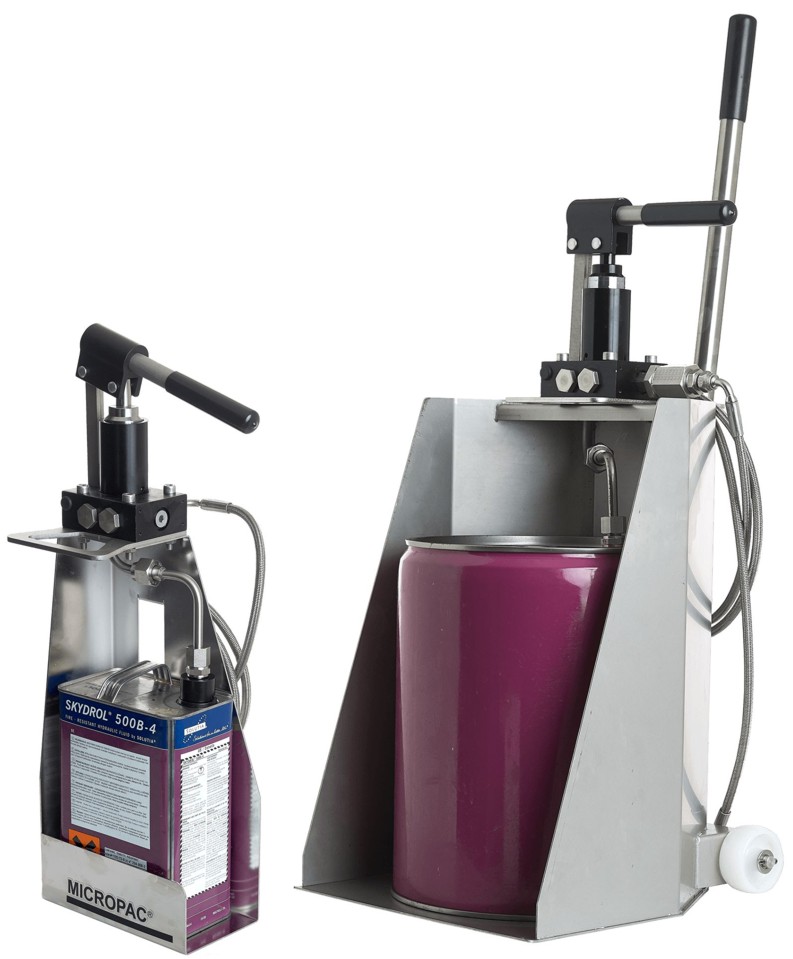Sometimes I think that the whole boating industry is peddling a big dream. Those sun filled days on perfect seas. I have had lots of wonderful days. Just the weather and that pesky salt water that get in the way on some of the others!
The “Seawork” exhibition in Southampton (this year 10/11/12 June) always brings a different perspective to being out on the sea. Here a good day is getting out to your oil rig in ghastly weather or using kit in which you
can trust your life. There are wonderful vessels and bits of equipment for people who need reliability and no nonsense. I don’t think the gear is necessarily “cutting edge”, although design, materials and methods improve. “Properly engineered” is probably near the mark.
Of course, a vessel that is well founded for heavy use at sea will cost a fortune. It is substantial so that it will not fatigue or fail prematurely. Materials will be selected to minimise corrosion. Design will probably be “belt and braces” for reliability. Systems will be properly put together. For example, engine water inlets will be oversized, with big meshes that can be removed easily. Fuel systems will have decent filtration with whopping Raccor or Separ water separators. Electrical systems will be neat, using professional connectors and labelled up. You won’t find lots of gadgets shoe-horned into the engine compartment to win extra space for the owner’s state room.
Should your yachtsman buying a factory produced boat expect this professional gear? Well, probably not to this extent, but where do you start and stop? Cheap is false economy if it isn’t up to the job or it is obvious that it is going to corrode out in no time at all. Some things are really just not much cop. Are too many domestic gadgets on a yacht a curse? Probably after a year or two. Much of the Seawork products and vessels use well tried and tested methods that are just good practice. If something needs beefing up, then make it over size. If putting two materials together gives rise to ghastly galvanic corrosion, then don’t use them. Electronics will be up to the job for a marine environment.
It was also interesting to see the number of firms who just get on and make business-like kit which is equally in place on a weekend yacht or a pilot boat. “Fit for purpose” to a mariner does not differentiate between a Mediterranean day-boat and an oil rig supply vessel. I think that is how it should be.
Looking at all the pilot boats, police vessels and other “specials”, you can reflect upon what you get when you commission a one off. You certainly pay for it, as it is a one-off. They will cost a fortune. There is nothing wrong with churning out boats in a factory using production line techniques. Whether it is a tractor, i-phone or a yacht, designing for production and getting the job tooled up to flow will give you quality, consistency and value for money. You lift the yacht industry out of “one offs” production model which is both good and bad. Ironically you should get a “better” product from a factory, although the debate on the relative merits of a craftsman built one off and something made in a factory will rumble on for ever.
I think that for me, a visit to Seawork reminds you how people who work on the sea do things. It probably suggests not to production engineer a mass market boat to the limit on materials, strength and cost. The sea is a pretty tough master and of course, conditions may be out of your control.
If you get a chance to visit “Seawork” next year, go and see how it should be done! Details on www.seawork.com.







Leave A Comment